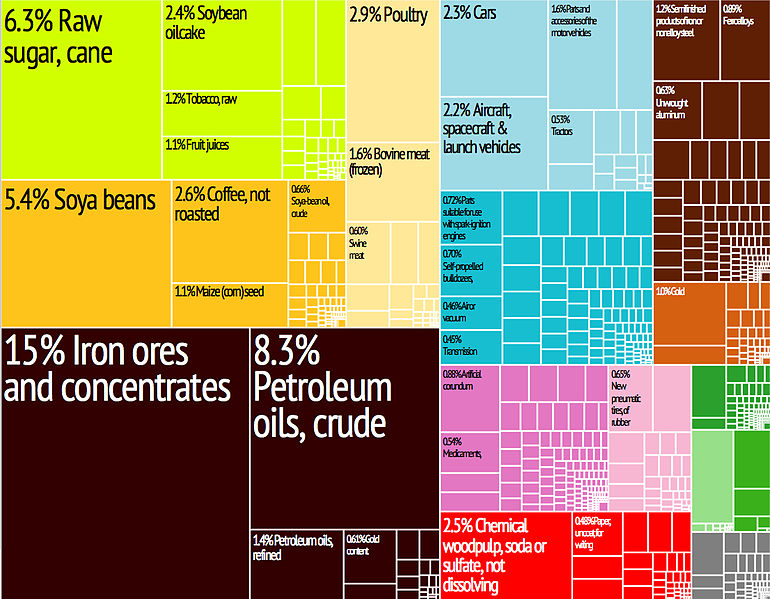After a report by Jim O'Neill saying that it makes sense for central banks to own equities, the stock market has already been on a bullish path. He also added that many sovereign wealth funds which are tied to central banks have already invested in stocks.
Source: http://www.cnbc.com/id/100674247
The increased in liquidity could probably explains why stocks are rising. And the reason why equities are preferred rather than commodities is that they give dividends to shareholders while holding on to commodities like silver and gold doesn't provide any returns on investment.
Stock prices also indicate an improving economy in the U.S. and the rest of the world as companies report better earnings.
A visible pattern can be seen in the current stock market that seems to be different from how it was in the 2008 stock market crash.
The increased liquidity injected into equities are more fluent and steady in a way that is more evenly distributed. Stock markets are less prone to over-heating as previously stocks are blindly bought with "free cash flow".
Rising equities can be seen as inflation and banks and economies developed better counter-measures for overheating. Singapore currency went up against the USD to counter overheating. The Japanese Yen weakened together with the USD and drives exports in both Japan and the U.S. Asian countries like Singapore, welcomes "cheap money" in the stock market, which explains the rise in equities.
Back in 2008, the crash seems to be engineered in a sense that the media and the rating companies were reassuring the public to stay invested when the fundamentals are not in place. However, now the rising bubble seems to be more cushioned thanks to mistakes in the past and also indicative of a slow global economic recovery. But that said, rating companies like S&P and Moody's rating cannot always be used as indicators as they might be able to engineer a certain outcome.
to


.png)












































